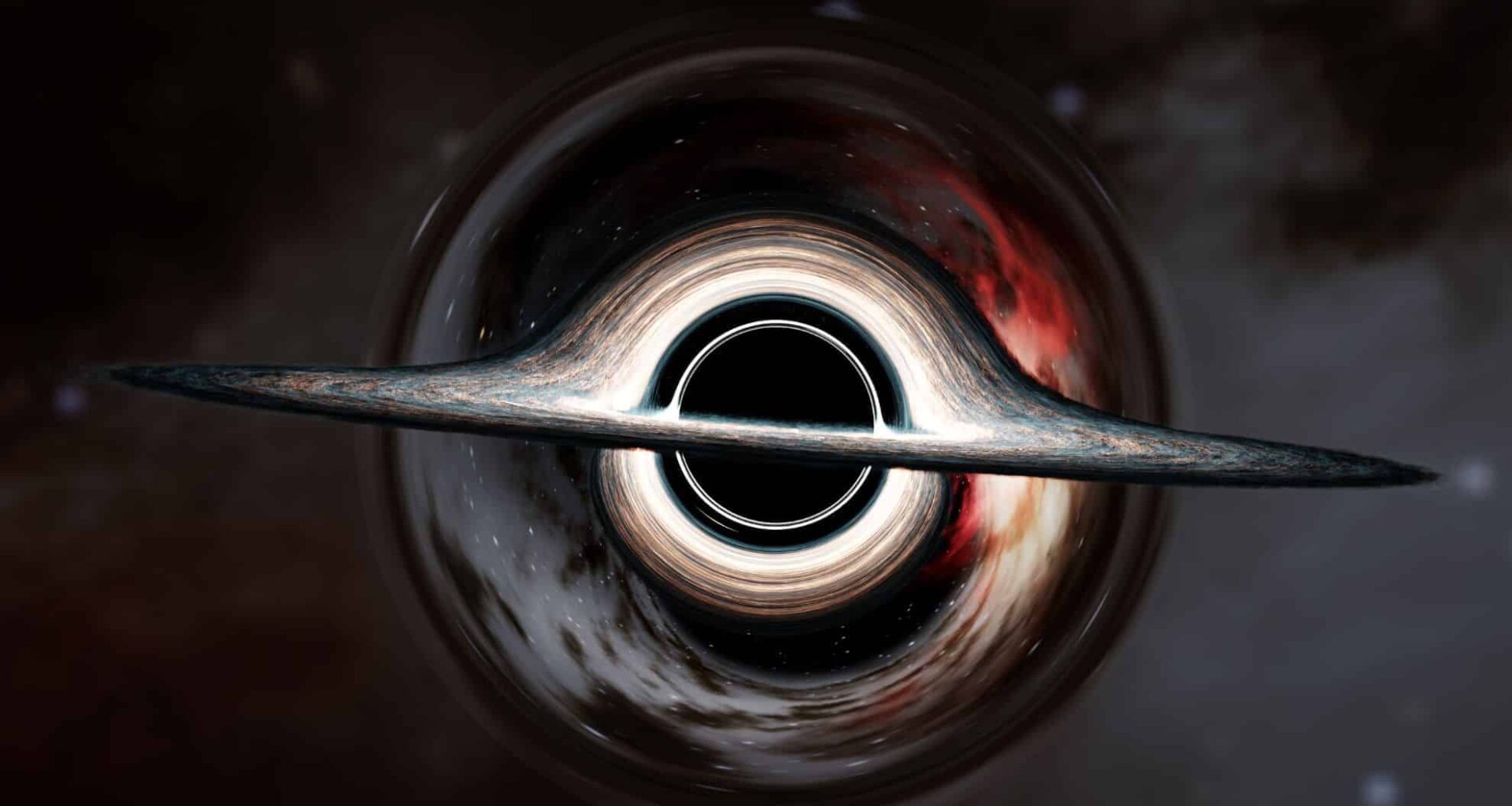Black holes are among the most enigmatic and mysterious objects in the Universe, and our understanding of them is still limited by the extreme challenges of studying them.
However, a new proposal, published in iScience, from astrophysicist Cosimo Bambi of Fudan University in China might open an unprecedented path to exploring these mysterious phenomena.
Black Holes as Cosmic Laboratories
The black hole’s gravitational field is the most intense in the universe, so much so that not even light can escape its grip. While scientists have learned a great deal about black holes over the years, there is still much that remains unknown, especially about the regions beyond the event horizon. “We do not know the structure of a black hole, namely of the region inside the event horizon,” Bambi notes. “General relativity makes clear predictions, but some of them are certainly incorrect.”
Cosimo Bambi suggests that sending a spacecraft to closely study a nearby black hole could be possible. According to him, black holes offer the perfect setting to test general relativity under extreme conditions, revealing any potential deviations from the theory. He believes that sending a probe to orbit a black hole could provide new insights into these cosmic objects and their behavior.
Credit: iScience
The Hurdles of Finding the Right Black Hole
A key challenge in this proposed mission would be finding a gravitational singularity that is close enough to make such an ambitious journey feasible. The closest known black hole to Earth is currently located about 1,565 light-years away. This distance makes it an impractical target for a spacecraft, but there is hope that astronomers could discover a black hole much closer.
They are notoriously difficult to detect, especially when they are not actively interacting with other matter. However, astronomers have made strides in identifying these objects by studying the way their immense gravitational fields warp space-time. As Bambi points out, “If there is a black hole within 20 to 25 light-years of the Solar System, we can develop the technology for such a mission.”
Finding a dark star within this range would significantly reduce the technological challenges of the mission. Anything farther than 50 light-years, however, would require advancements in space travel that currently seem out of reach.
Overcoming the Challenges of Space Travel
Bambi envisions a spacecraft capable of traveling at speeds up to a third of the speed of light. Initially powered by Earth-based lasers, the craft would transition to solar or stellar power as it approaches its destination.
The proposed mission would involve multiple probes, with the main spacecraft acting as a “mothership” while smaller probes would orbit the black hole. “Two or more probes orbiting around the black hole would be the best option,” Bambi suggests. “If these probes can communicate with each other through the exchange of electromagnetic signals, we can determine their exact trajectories around the black hole and how electromagnetic signals propagate around the black hole.”
If the cosmic vacuum were located around 20 light-years away, it would take an additional 20 years for the data to return, bringing the total mission duration to around 100 years. Bambi recognizes that the proposal might sound “really crazy” and “closer to science fiction,” but he also draws on the history of science to show that seemingly impossible endeavors can possibly be realized.
He references how “people said we’d never detect gravitational waves because they’re too weak. We did – 100 years later. People thought we’d never observe the shadows of black holes. Now, 50 years later, we have images of two.” If technological advancements keep pace, such a mission could provide groundbreaking discoveries that push the boundaries of our understanding of the universe.

